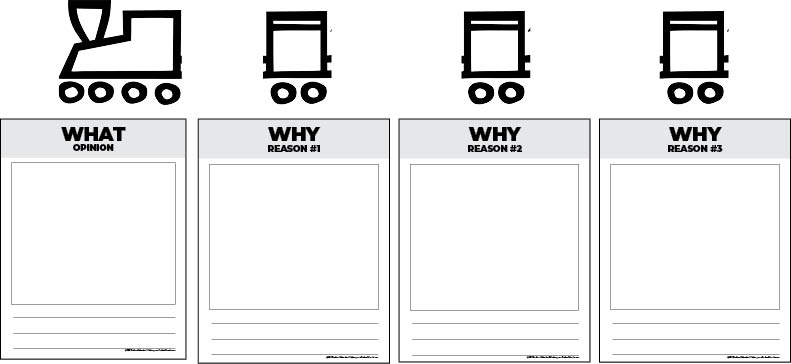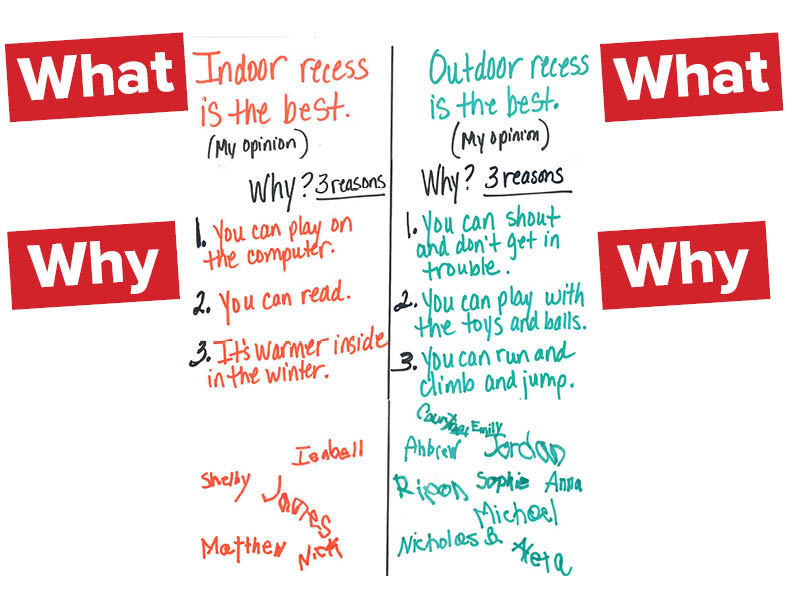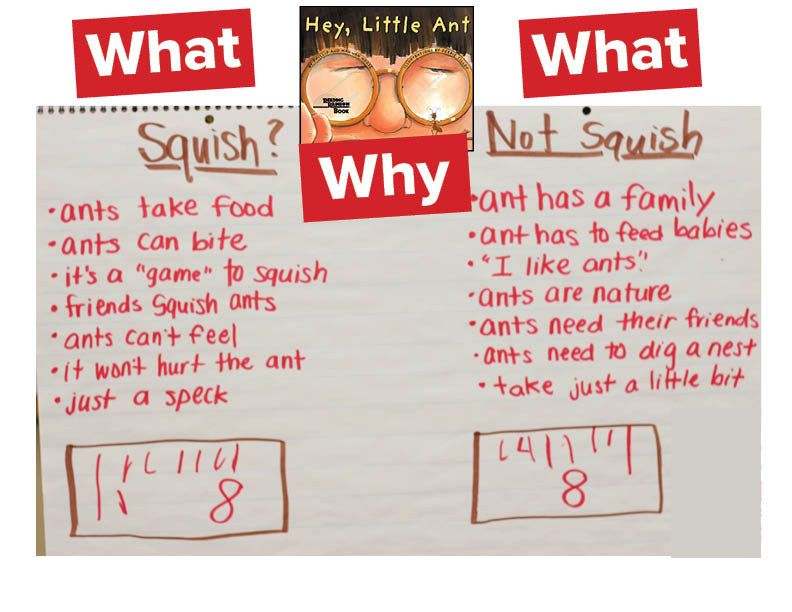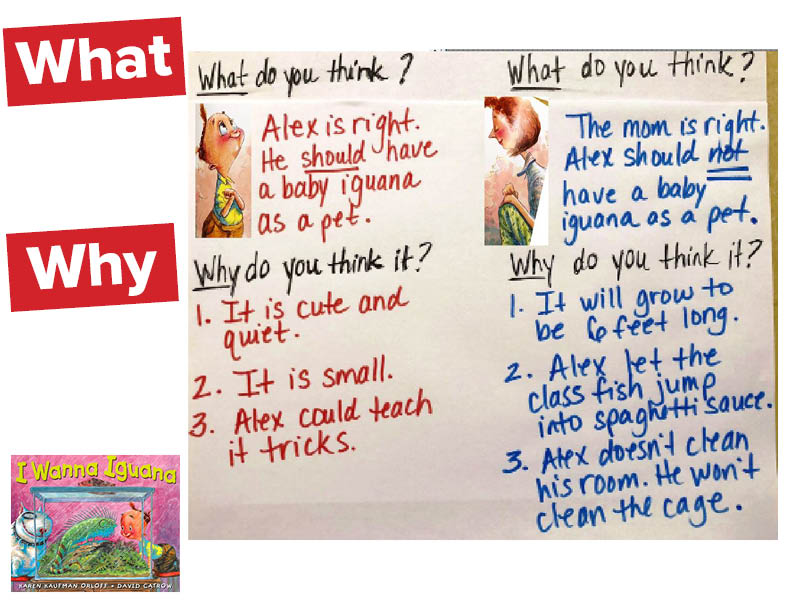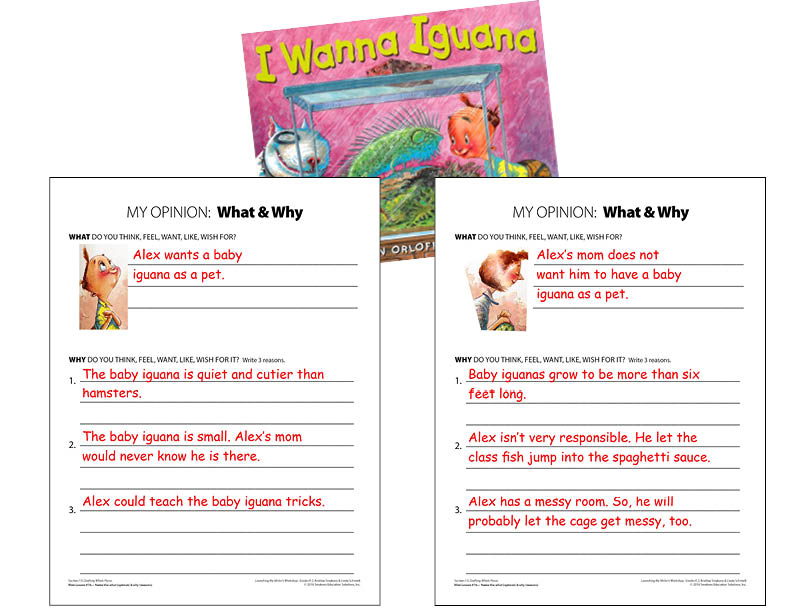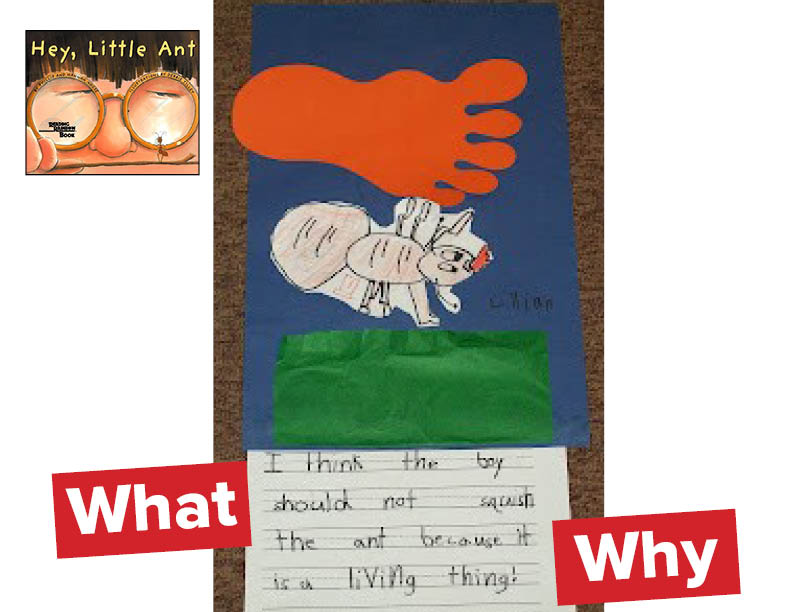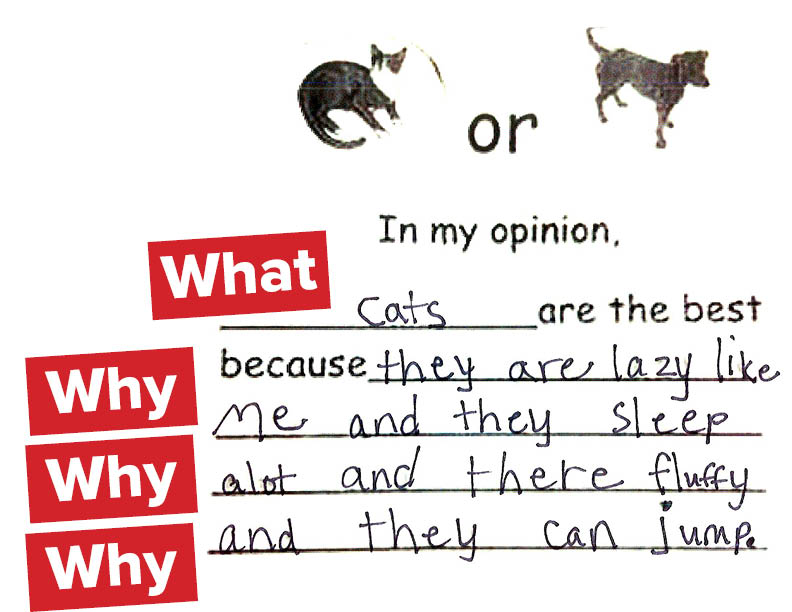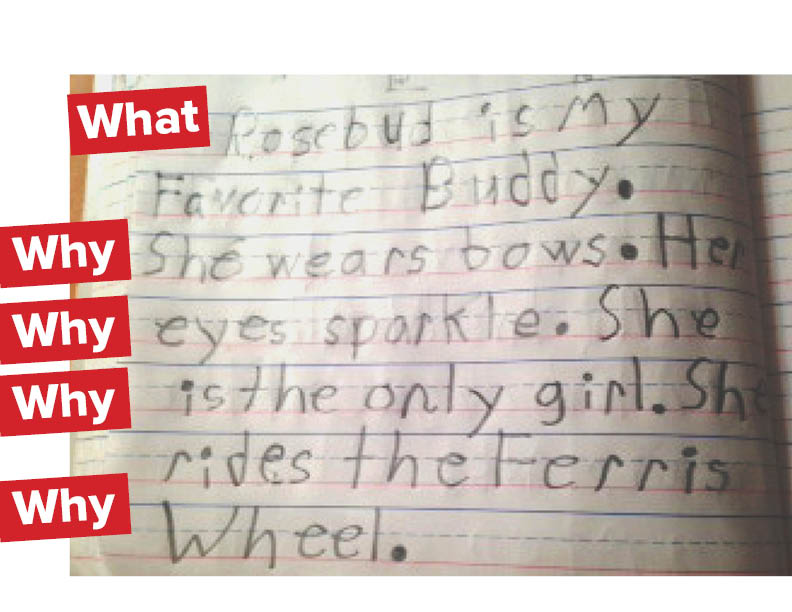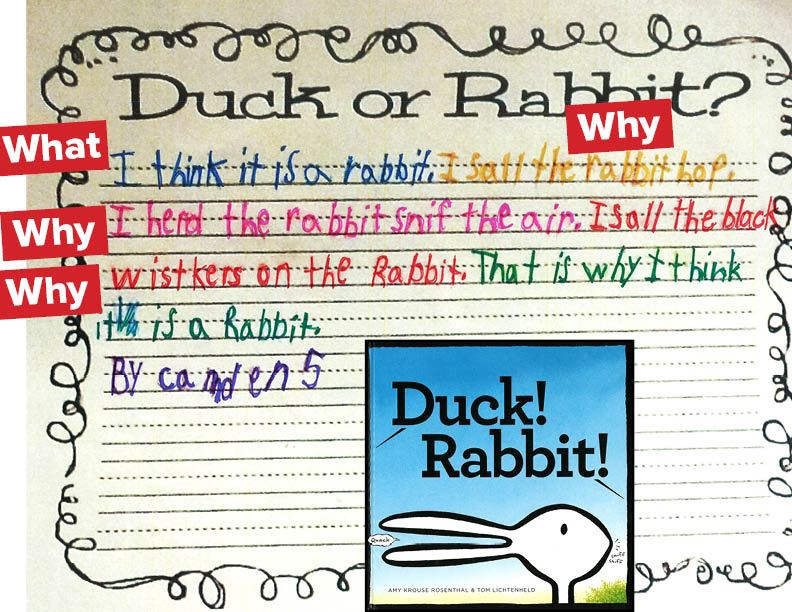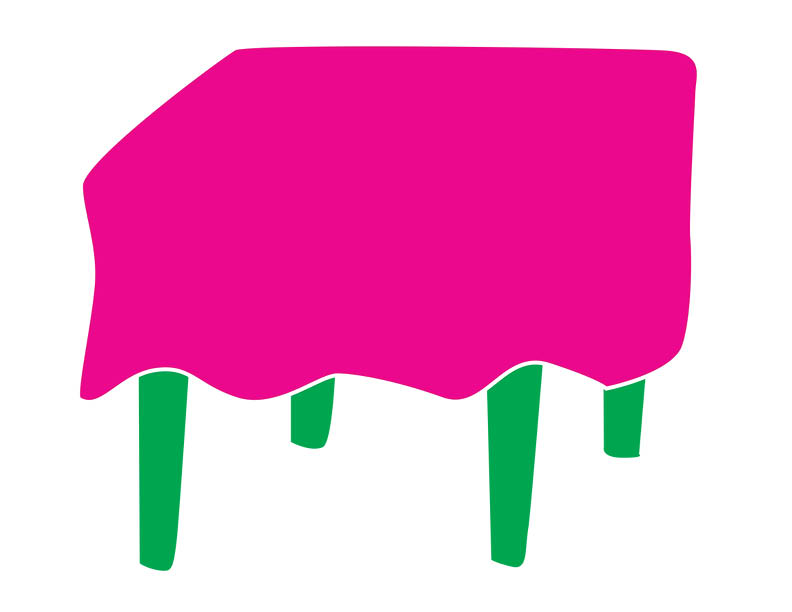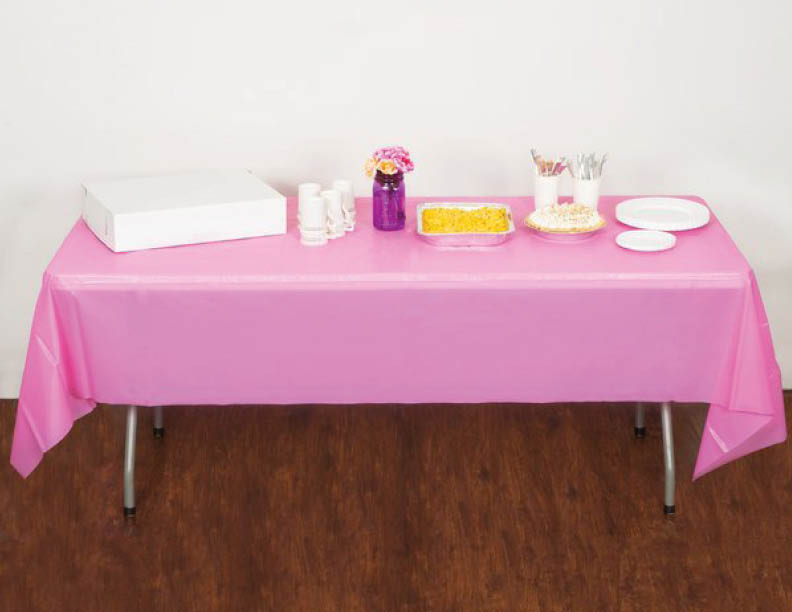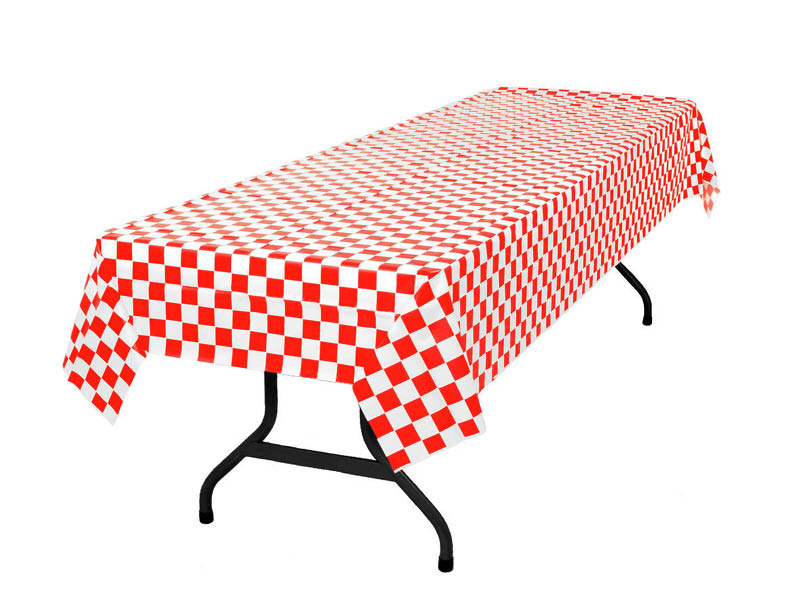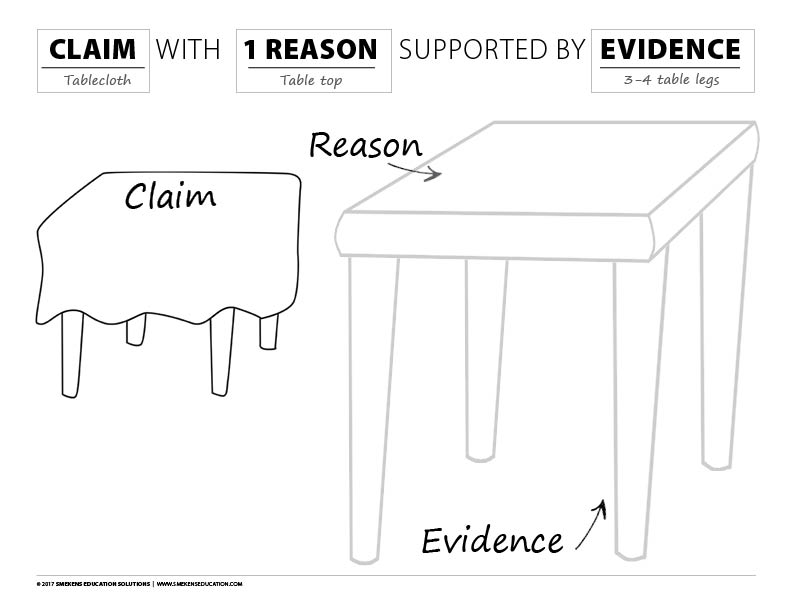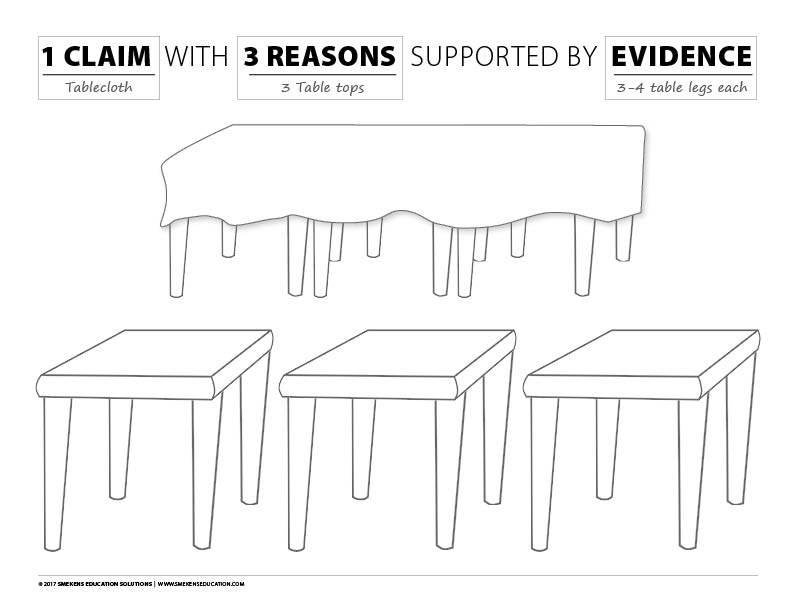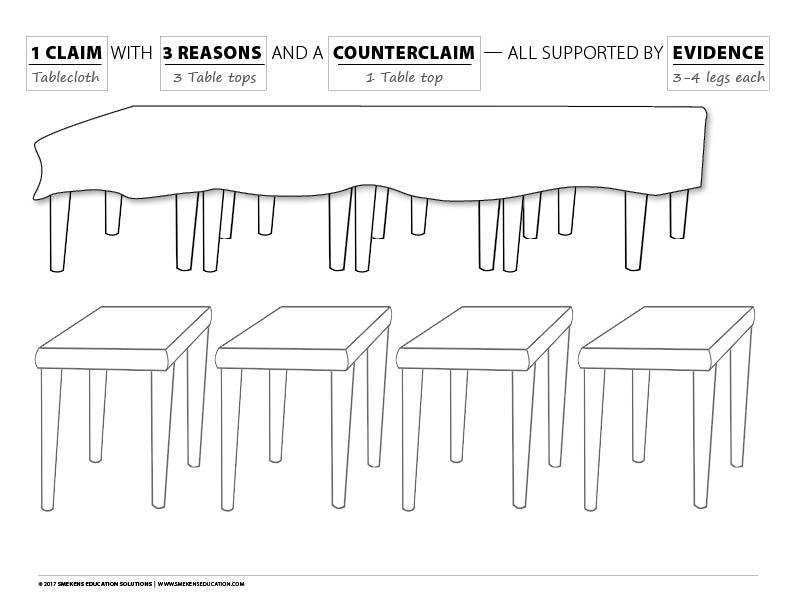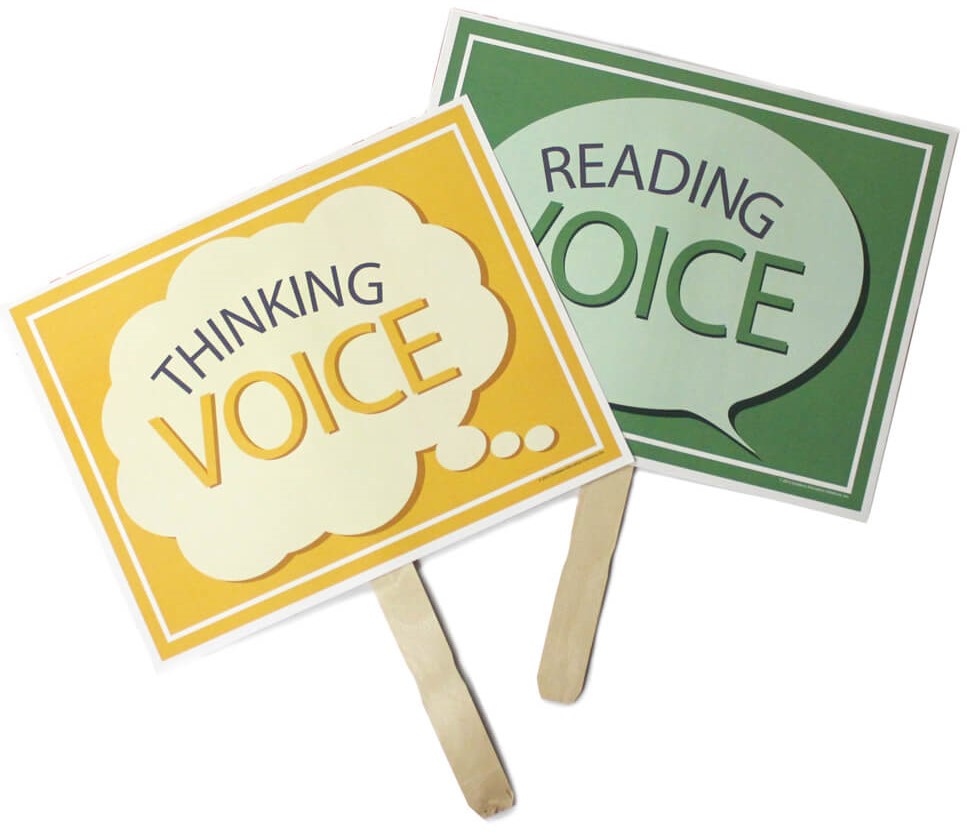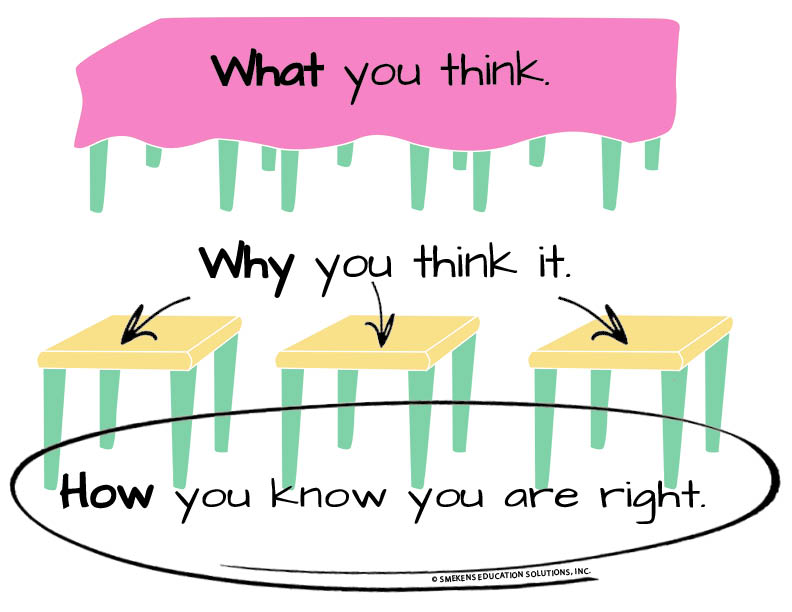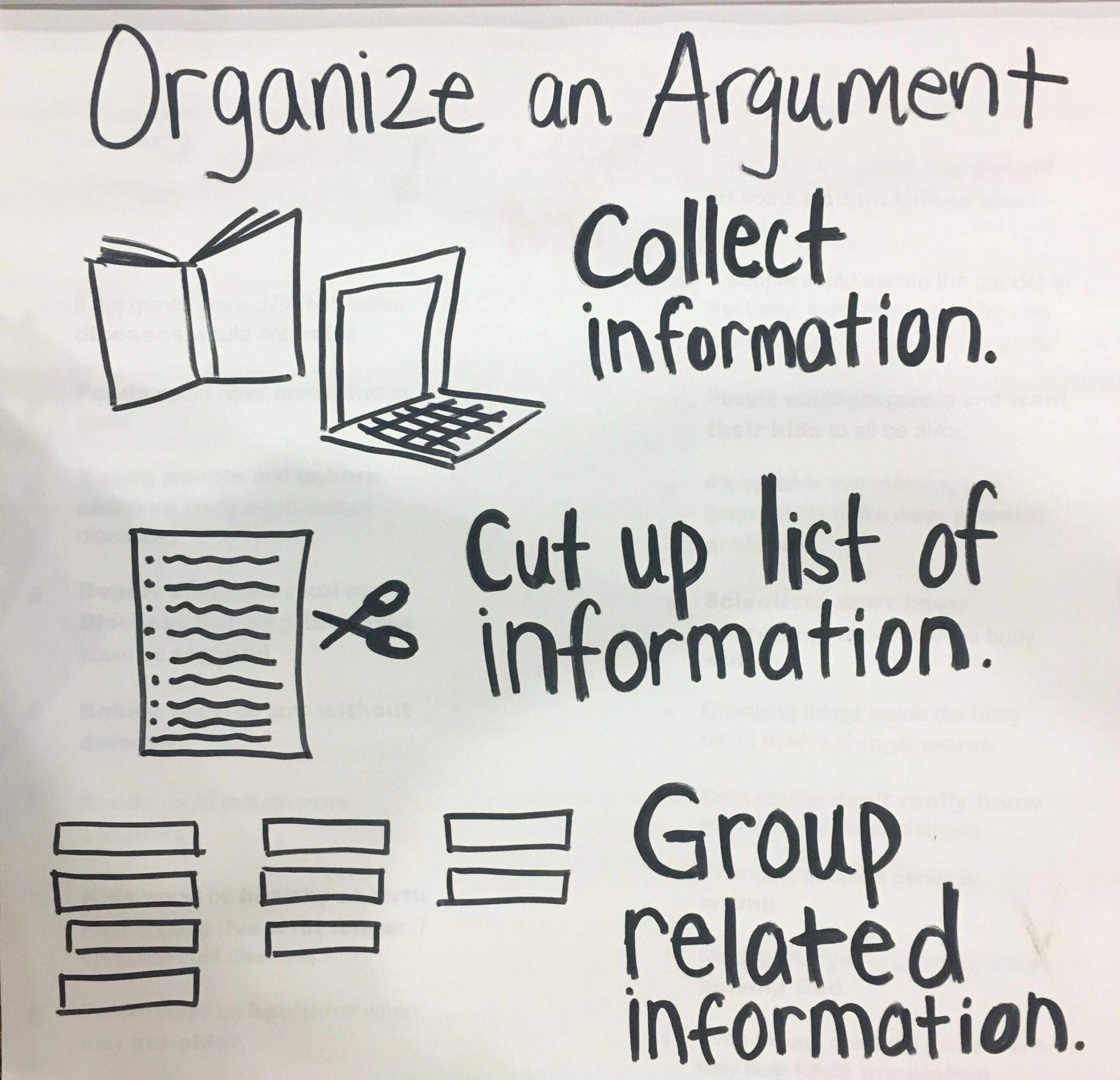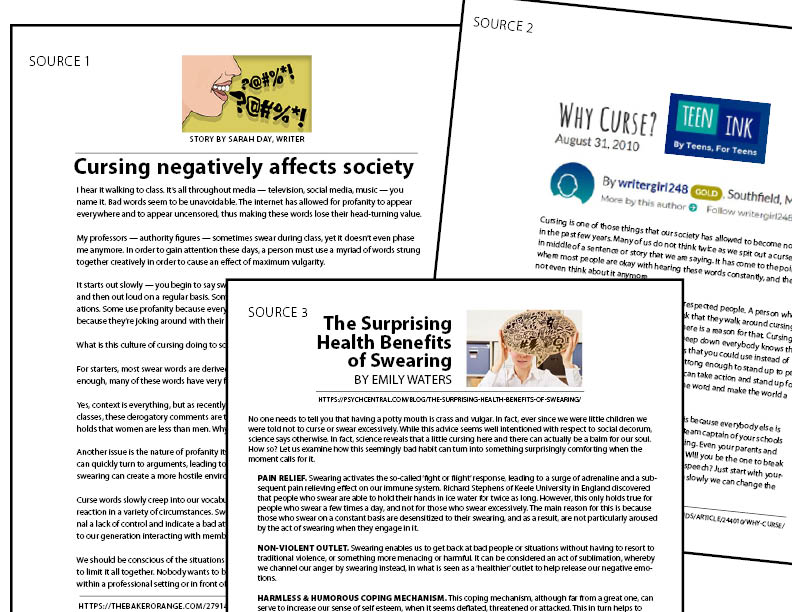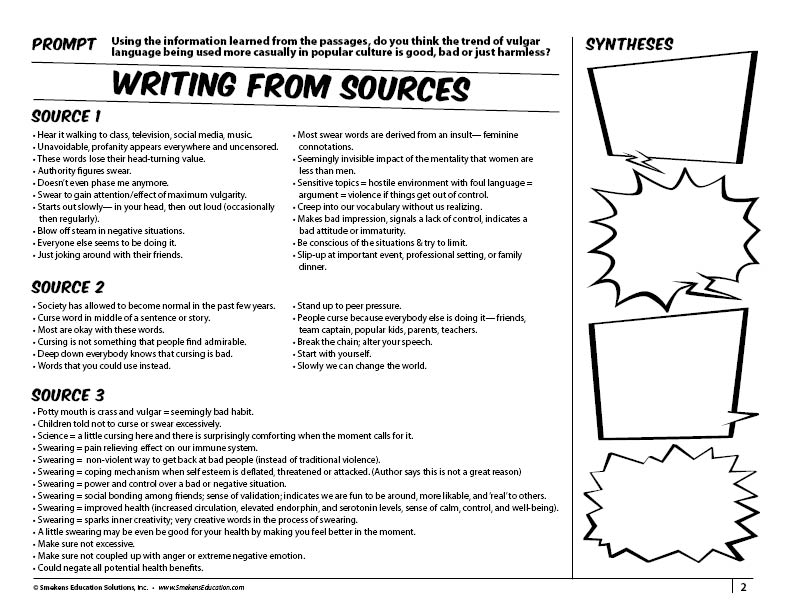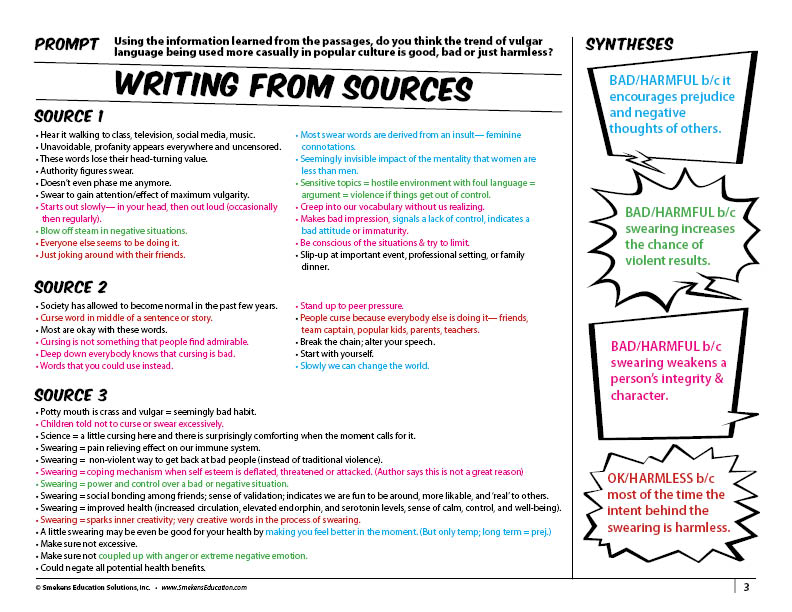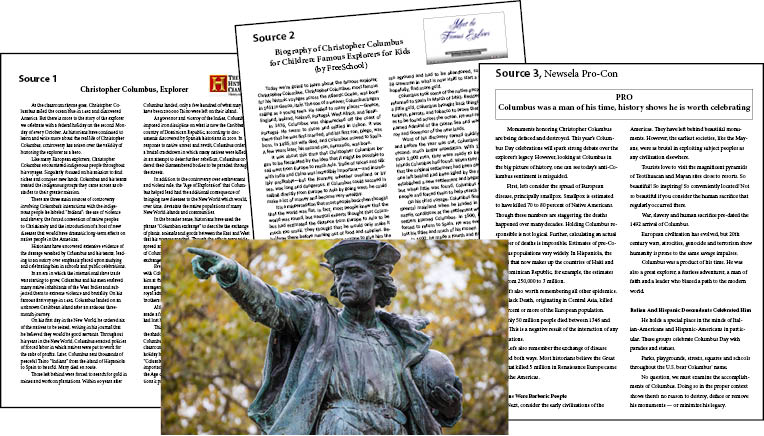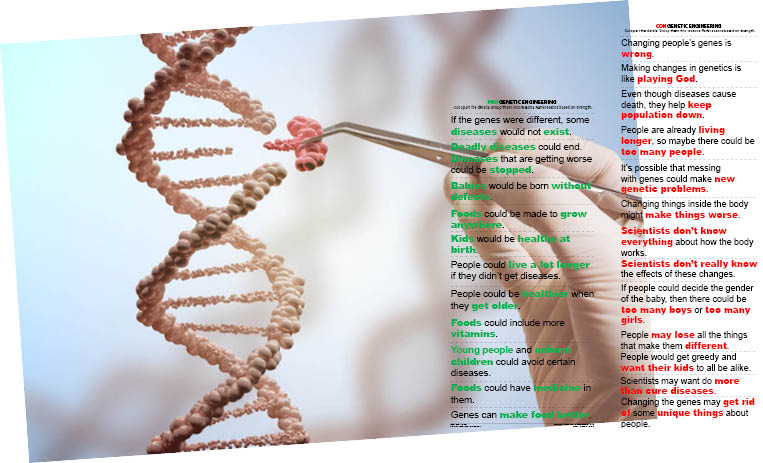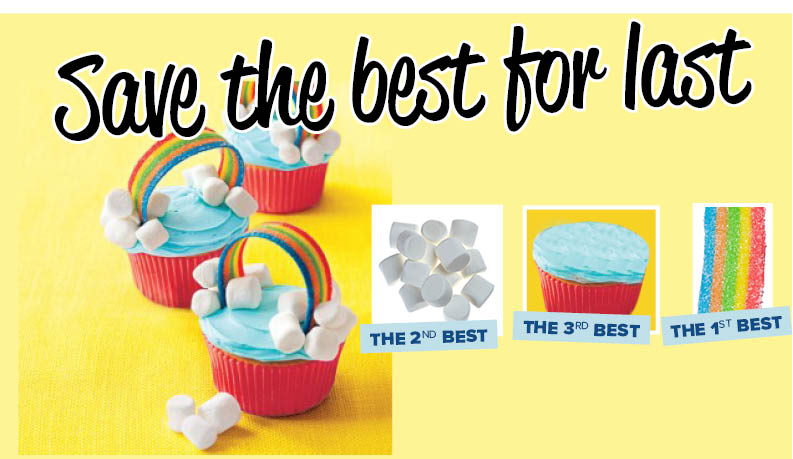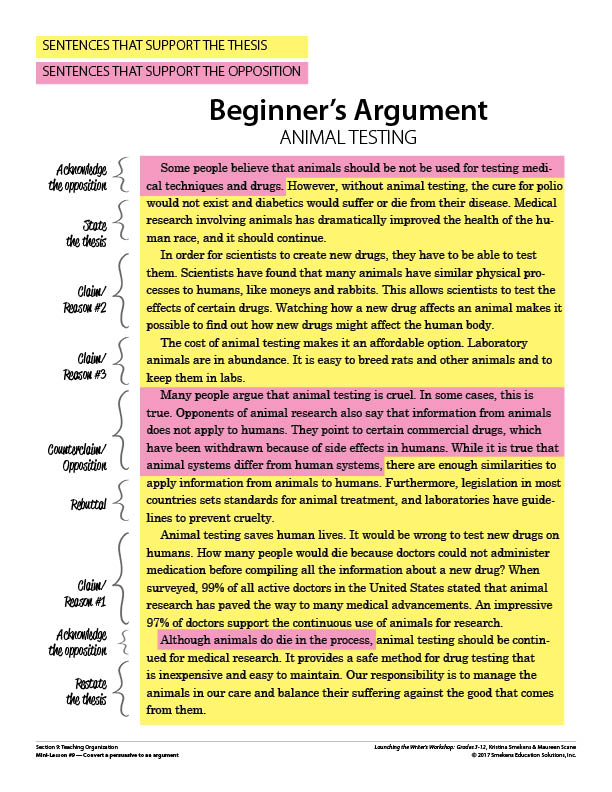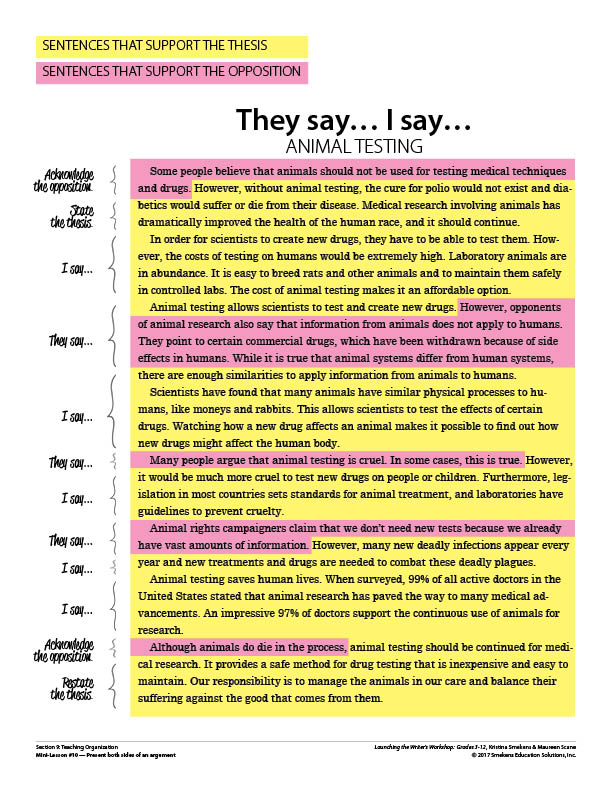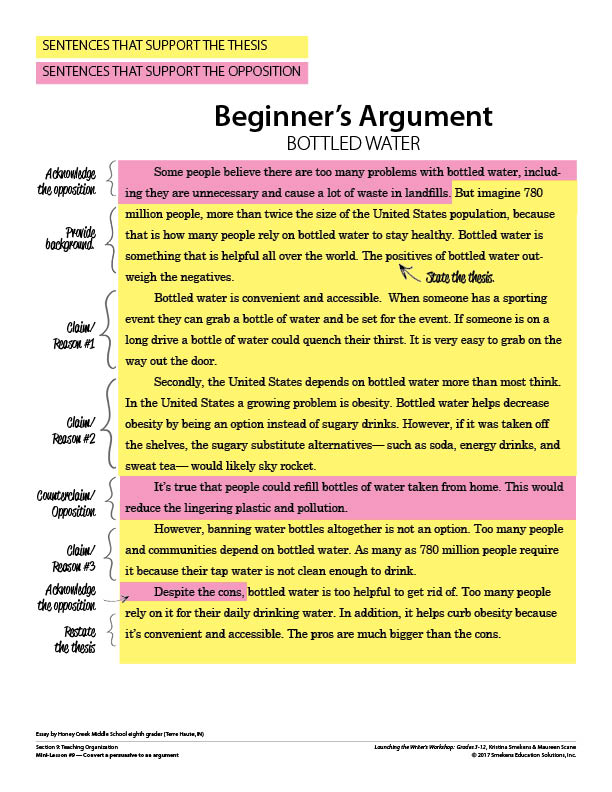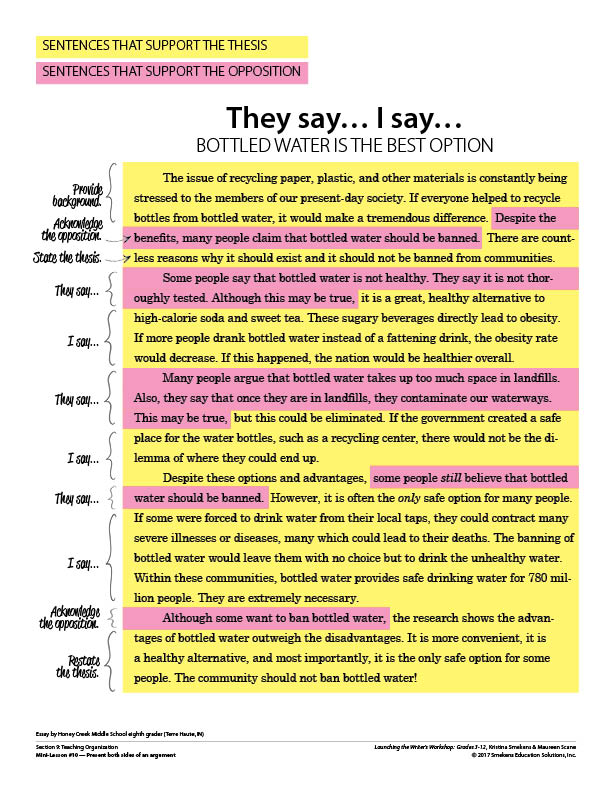writing essentials: genre-based writing instruction
Part 3B Secret Site
PERSUADE & ARGUE

Links to Assignments in Writable
Elementary Course Assignments
Middle School Course Assignments
High School Course Assignments
Follow the what and why

PRIMARY & ELL | Expect multiple reasons to support each opinion.
Identify the two essential parts—the what and why.
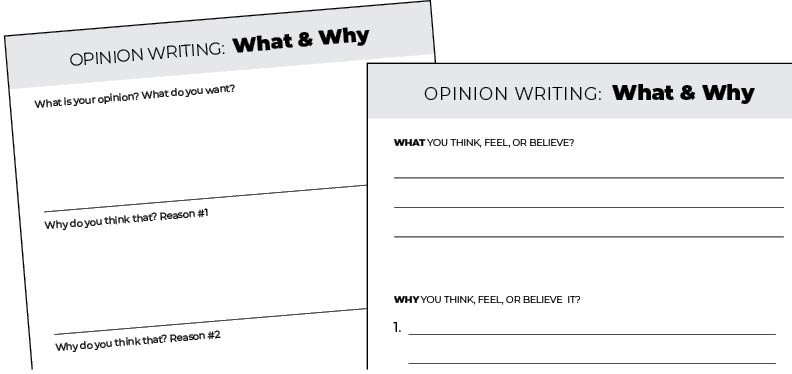
List-writing template | No lines | With lines
Generate whole-class lists of reasons to support different opinions.
Transition from interactive writing to independent writing.
UPPER GRADES | Clarify the relationship among claims, reasons, & evidence.
Return to the table analogy to add the overall claim—the table cloth.
Confirm students have background knowledge on the purpose of a table cloth. | Graphic JPEG | Party JPEG | Picnic JPEG
Generate single paragraph persuasives, before expecting multiple reasons.
Collect facts to infer reasons.
Connect the Reading Voice and Thinking Voice to generate arguments based on texts.
“Vulgar Language” resources
PROMPT | Argue whether the use of vulgar language is a big deal or no biggie.
“School Uniform” resources
PROMPT | Write a persuasive as to why schools should have uniforms.
“ShamWow!” resources
PROMPT | Persuade the viewer to purchase a ShamWow.
“Christopher Columbus” resources
PROMPT | Argue whether Christopher Columbus should/should not be celebrated with a national holiday.
Video of MS social studies class inferring reasons.
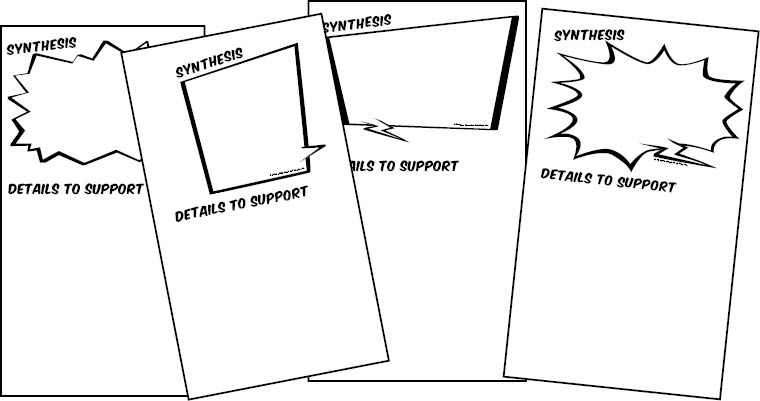
Cut up text details and group them to infer possible reasons.
“Genetic Engineering” resources
PROMPT | Argue whether genetic engineering should/should not be legal.
Cut apart the list of pro and con details collected from several articles. Group them to infer reasons. (Original passages are not available.)
View the original whole-class mini-lesson and follow-up small-group activity executed in a MS science class.
Order reasons intentionally

Save the best for last.
Present reasons to maximize reader impact.
Convert one-sided persuasives into two-sided arguments.
Animal Testing | Convert a one-sided persuasive to a two-sided argument.
Animal Testing | Generate a They say… I say… sophisticated argument.
Bottled Water | Convert a one-sided persuasive to a two-sided argument.
Bottled Water | Generate a They say… I say… sophisticated argument.
Transition between claims and counterarguments.
Guide partners through an oral debate using the frames.

Move beyond a summary of reasons.
Dry-erase puzzle pieces demonstrate how different types of information can comprise argumentative conclusions.
Clinch it with a clever statement.
Download student writing samples with strong beginnings and endings.
K-1
- Dear Ms. Talish (Persuasive)
- Dear Peter Rabbit (Opinion/Lit Response)
- Dear Santa (Persuasive)
- Fishing is Fun (Opinion)
- Dear Lost-and-Found Department (Persuasive)
- Little Red Hen (Opinion/Lit Response)
- Nail Polish (Opinion)
- Dear Principal Hobbs (Persuasive)
2-4
- Chocolate Milk (Persuasive)
- Dear Litterers (Persuasive)
- Talk Card (Persuasive)
- Camp Letter (Persuasive)
- Library Checkout Rule (Persuasive)
- Odd Jobs (Persuasive)
- Teacher Made a Difference (Persuasive)
- Story of Survival (Opinion/Lit Response)
- Wow! I am Glad We Have Zoos! (Persuasive)
5-6
- Global Warning (Argumentative)
- Babysitting (Argumentative)
- Chocolate Milk (Argumentative)
7-8
- Dick’s Sporting Goods letter (Persuasive Letter) ABC News Brief
- League of Nations (Argumentative Speech)
- Shut Down Your Screen (Argumentative Letter)
9-10
- Do Not Shut Down Your Screen (Argumentative Letter)
- The True Meaning of Friendship (Argument/Lit Response)
- Smoking Ban (Argumentative Research)
- Puerto Rico Walks Away from Commonwealth (Argument)
11-12
- The Day Dreamers (Argumentative Research)

